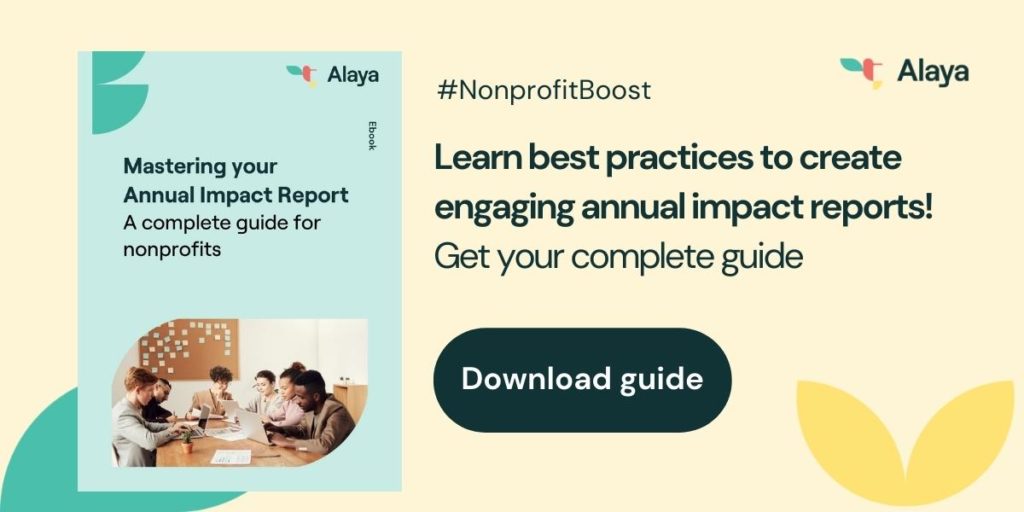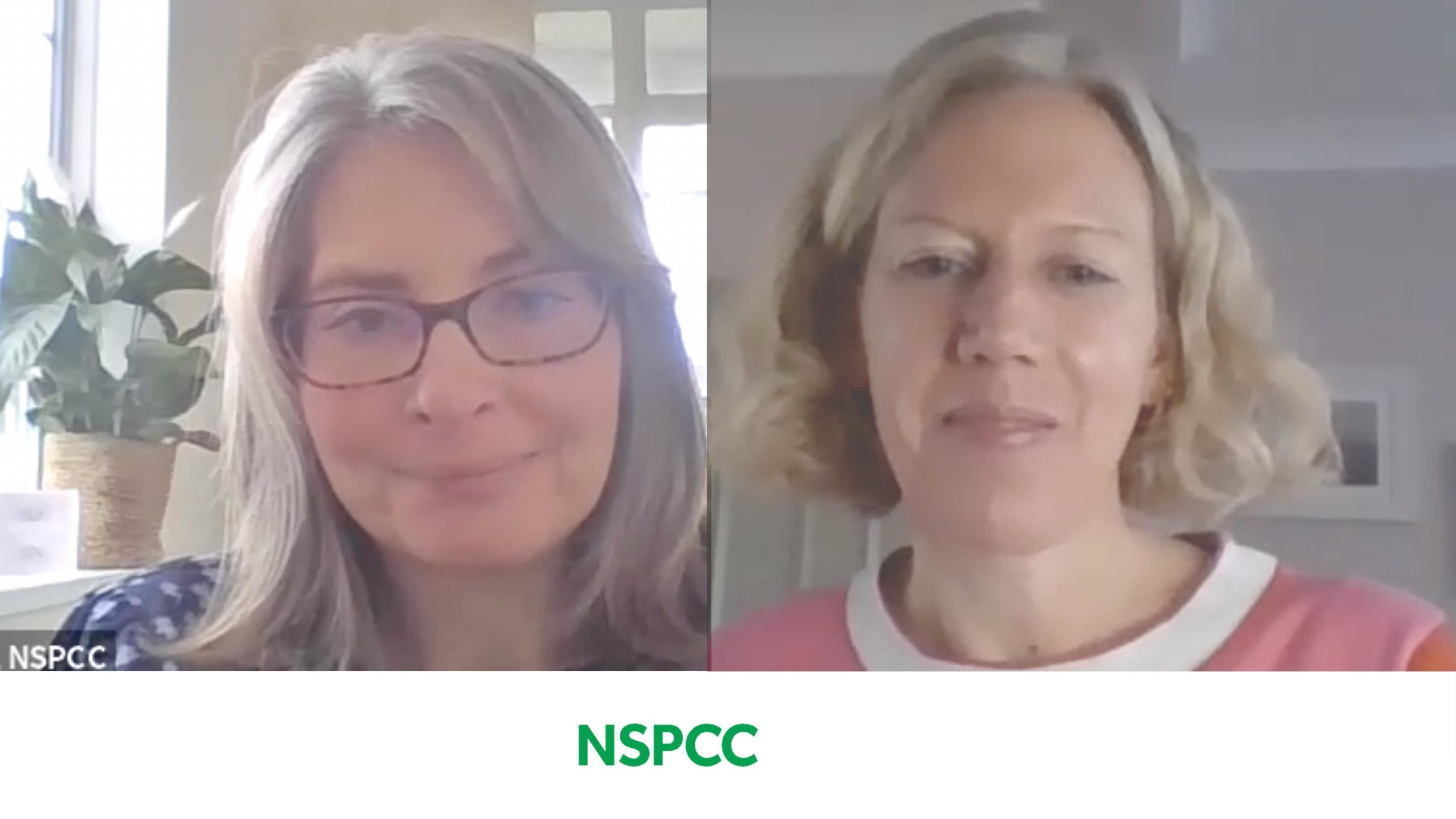There are many different ways for nonprofits to collaborate with for-profit companies. So many that it may seem overwhelming for nonprofits just starting out and seeking partnerships. That’s why we reach out to experts in the field to get their insights and tips, this time we contacted the NSPCC.
The NSPCC is the UKs leading charity for the protection of children. For over 130 years the NSPCC has been working to educate around child abuse and offering support to children in vulnerable situations. One central part is Childline, a service for children to contact and get help or adults to call when they’re concerned about a child.
We spoke to Kirsty Lawson, Head of Partnerships Management and Development to get her tips on engaging corporate partners and getting more support as a nonprofit.
And since we recorded these interviews in December, we wanted to get a bit more specific about how to use annual impact reports to engage corporate partners. For this, we picked Sophie Seymour’s brain. She is the Business Operations Manager at NSPCC and is in charge of creating the annual report for the organization every year.
Watch the full interviews and read the transcripts below!
Alaya: What kind of partnerships does the NSPCC have with for-profit organizations?
Kirsty Lawson: We cover a huge range of partnerships, both in terms of size and also in terms of what they want to do with us. It all depends on the company and what they want to do. We offer various opportunities to get involved in our areas of work they want to support, whether that’s through collection tins in stores, dressing up, giving a company donation at the end of the year, keeping Childline going, or looking at their expertise and their skill.
So for example, our partnership with KPMG supported us with some work around our strategy, and the way that we wanted to go forward. Also, O2 helped us in terms of behaviour change, and getting parents to have conversations with their children around online safety, and also been a positive impact on the NSPCC but also on society as well.
Alaya: And in your experience, what is the recipe for a successful partnership with corporates?
Kirsty Lawson: A recipe for a good partnership is to get senior engagement. Right from the start. I think if you have the chief exec managing director or the executive board, supporting a partnership, it helps staff really get behind a partnership. If a managing director can sponsor the partnership within their organisation, it really helps to get our communication out there. And to really show the impact that they’re making. That’s the one key thing for the partnership, you must have senior engagement. Otherwise, it can be really hard on the bottom, trying to get your work out there and get the impact across.

Alaya: One communication tool you have is your nonprofit’s annual impact report. You said before that you create bespoke reports for corporate partners, what do you include?
Kirsty Lawson: So quite a lot of our partners will restrict funding to particular services or projects within the NSPCC. So we’ll work internally with staff in those services to get the results and the evidence and the data of where their money has gone. So for example, if a partner is supporting Childline, then we will work with the Childline team to look at how many contacts they’ve had from children during a certain period.
And also showcase what their staff has been doing. We will try and collect through the course of the partnership photographs, quotes, and films from various events, whether they’ve done a trek or a challenge or whether they held their own event. We will try and incorporate quite a lot of what the staff has been doing within the report. And then we’ll also give an update in terms of what the NSPCC is doing as a whole, our strategy, and the direction of where the charity is going which seems to go down really well with corporate partners. They like to see the impact that they’re making. And they like to see what their staff have been doing.
Alaya: And how do you leverage the annual report to gain new supporters?
Kirsty Lawson: Yeah, so reports like these are really good for new and prospective companies we’re talking to because it can showcase the depth and the strength of what we do and how we work with our corporate partners. It gives examples of the types of fundraising that we do and the type of information and the type of impact that a company can have on a service, and on the NSPCC.
Sometimes a company might think they don’t want to give to the NSPCC because we’re too big. But actually, you know, every little contribution helps. And it’s so important that we are able to convey the impact that it actually has, in terms of the children that that has helped, but also get many stories from the frontline support workers who are working with children. We want as many corporate partners to be able to help give support as is possible, but also to get our message out there that it’s everybody’s responsibility to keep children safe. And that really helps in terms of our impact report for corporate partners and showcasing what we can do, and the impact that they have and also showcase examples of what they’ll be able to do join us in that fight as well.
Alaya: Apart from wondering if your organization is too big to work with, what other concerns could corporates have when it comes to a possible partnership?
Kirsty Lawson: Yeah, so sometimes they have a concern around money in terms of hitting targets, but we look at other avenues where they can give support. Through pro bono, whether they can use their skills to be able to help us with any kind of technical issues that we might have, or customer service areas. Or looking at procurement. So there’s a whole range of different areas and different teams that we have internally, where we do ask for corporates and even warm prospects to help us
Alaya: Now let’s talk a bit more about the NSPCC’s general annual impact report.
Sophie, you are in charge of managing the whole creation process at the NSPCC. How do you structure your annual impact report?
Sophie Seymour: The way we structure it is around our strategy. So we’ve actually just moved into a new strategy. But our previous strategy period, we had five goals. So at the beginning of the report, we set out those goals, and then we structure the report content around each one. So these are the services that we’ve done under our first goal, these are the services we’ve done under our second goal, and so on. And then we have a more general fundraising and general volunteering section and we go into the finances at the end.
Alaya: How do you make sure to make the report engaging and interesting to read?
Sophie Seymour: It’s important to pick out bits of your work that really make a difference, or that are easy for people to understand how they make a difference. We often use stories and quotes as well.
We hear from actual people who’ve used our services, and then they’ll say, this made a huge difference to me, because… or this was amazing, because…, and those are things that people find very engaging, because it’s hearing from somebody who’s actually benefited from directly from the work that we do.
Alaya: What other tips do you have for creating annual impact reports?
Sophie Seymour: I think it’s really important to have one central person who coordinates and manages the whole project. Other things, I would say, make sure you build some flex into the timetable because things always take longer than you think they’re going to. And we have quite a lengthy process of checking. So firstly, make sure all the facts are correct. But also asking for feedback from our executive board and our trustees. And then make any changes that are necessary as a result of that feedback. And it also has to be checked by our auditors. So the whole checking process is quite lengthy.
And then we also spent quite a lot of time working with our studio on the design. To make sure that the layout is easy for people to follow and engaging, so we use pictures, and we have little boxes with quotes in and so when you look at it, it’s so interesting to look at and it does pull you in and make it easy to read. I think having a layout that’s easy to follow and engaging is also really important.
Alaya: Thank you Kirsty and Sophie for sharing your insights with us!
We hope that this article gave you some useful tips on how to engage with corporate partners and how to create your annual impact reports.
And if you aren’t a member yet, join the Alaya network now! It’s completely free for nonprofits.
With Alaya, you have a strong ally by your side to help you get in contact with corporates and their employees willing to support your organization with fundraising or by volunteering! Just create your profile and upload Activities corporates can join!
Learn more about Alaya here!
Go back to blog >


